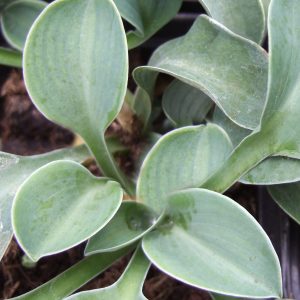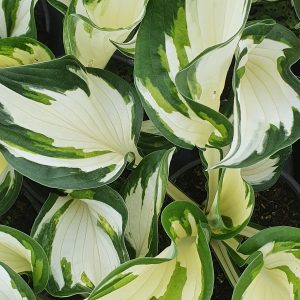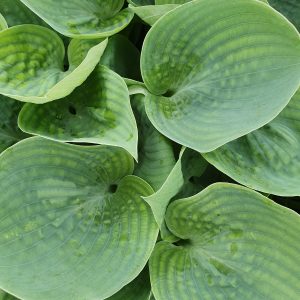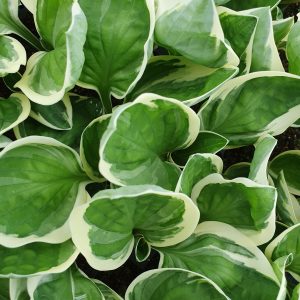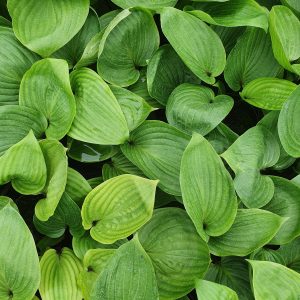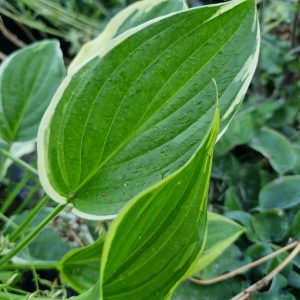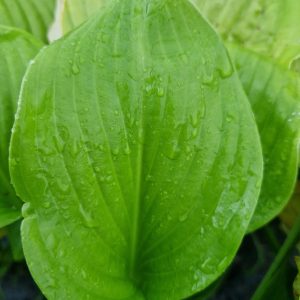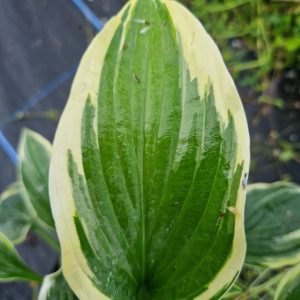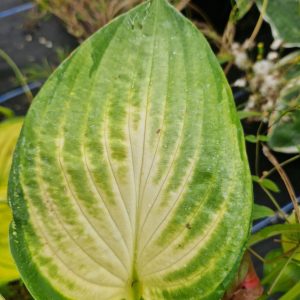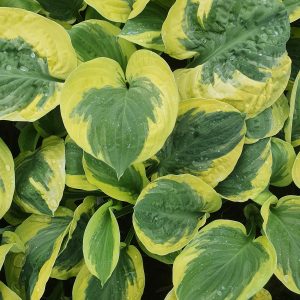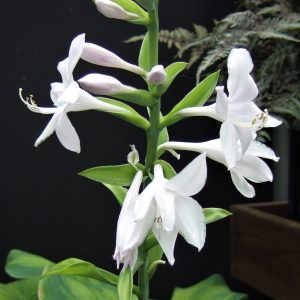Hostas are popular perennial plants known for their lush foliage and adaptability to various garden conditions. To ensure the successful establishment and ongoing health of your Hosta plants, follow this comprehensive planting guide:
Site Selection
Light Requirements: Hostas thrive in partial to full shade but can tolerate some morning sun. Choose a location with dappled sunlight or filtered shade for optimal growth.
Soil Quality: Plant Hostas in well-draining, rich, and moisture-retentive soil. Amending the soil with organic matter, such as compost, enhances fertility.
Planting Time
Ideal Timing: Plant Hostas in early spring or autumn when the weather is cool, allowing the plants to establish before the onset of extreme temperatures.
Planting Process
Planting Depth: Dig a hole that accommodates the size of the Hosta’s root ball. Plant it at the same depth it was in the container or nursery. Ensure the crown (where the roots meet the foliage) is at or slightly above the soil level.
Spacing: Space Hostas according to their mature size. Generally, space small varieties 12-18 inches apart, medium varieties 18-24 inches apart, and large varieties 24-36 inches apart.
Watering
Consistent Moisture: Keep the soil consistently moist, especially during the first growing season. Hostas prefer well-hydrated conditions but should not be waterlogged.
Mulching
Mulch Application: Apply a layer of organic mulch around the base of Hosta plants. Mulch helps retain soil moisture, suppress weeds, and insulate the roots. Maintain a consistent layer of mulch throughout the growing season.
Fertilisation
Spring Feeding: Apply a balanced, slow-release fertiliser in the spring as new growth emerges. Avoid excessive nitrogen to prevent overly lush foliage at the expense of flower production.
Pruning
Remove Flower Stalks: Hostas produce attractive flower spikes. While these can be left for visual interest, removing them can redirect energy to foliage development.
Division
Periodic Division: Hostas benefit from division every 3-5 years to maintain vigor and prevent overcrowding. Spring is an ideal time for division.
Pest and Disease Management
Slug Control: Hostas are susceptible to slug damage. Implement slug control measures, such as beer traps or organic slug repellents.
Good Air Circulation: Ensure good air circulation to reduce the risk of fungal diseases. Adequate spacing and occasional thinning can help improve air movement.
Winter Care
Late Autumn Clean up: Trim back dead foliage in late autumn after it has naturally yellowed. However, some gardeners prefer to leave the foliage for winter interest.
Container Planting
Container Considerations: If planting Hostas in containers, use a well-draining potting mix. Ensure containers have drainage holes to prevent waterlogged soil.
Enjoy the Foliage
Year-Round Appeal: Appreciate the diverse foliage of Hostas, which can vary in colour, texture, and size. These plants provide visual interest from spring until autumn.
By following this planting guide, you’ll create an optimal environment for your Hosta plants to thrive. Customise care based on your local conditions and the specific varieties you’ve chosen.




